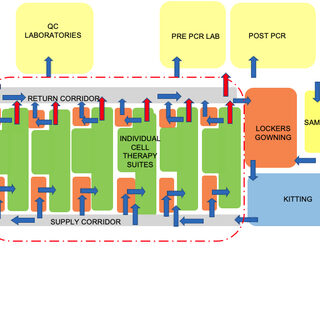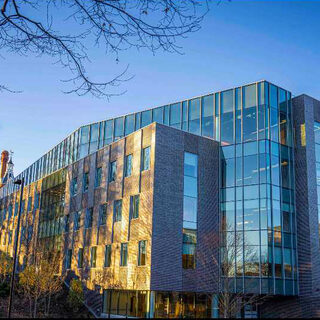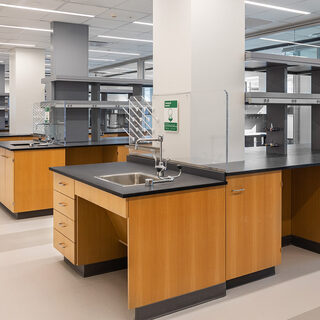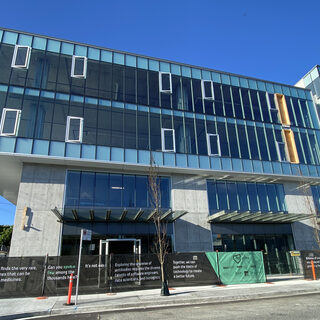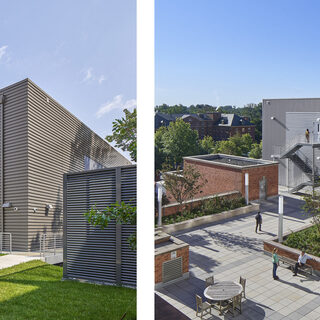Tradeline's industry reports are a must-read resource for those involved in facilities planning and management. Reports include management case studies, current and in-depth project profiles, and editorials on the latest facilities management issues.
Latest Reports
Cell and Gene Therapy R&D is Driving a Large Portion of the Life Sciences Boom
The booming life sciences industry, whose investment in corporate research and development spending more than doubled during the last decade to $212 billion in 2020, is giving birth to millions of square feet of new research laboratory space in the U.S.—29 million sf in 2019, up from 17 million sf in 2009. Much of that recent growth is in gene and cell therapy R&D.
Worcester Polytechnic Institute Opens Academic Research Facility to Prepare Students for the Fourth Industrial Revolution
Worcester Polytechnic Institute (WPI)’s new Unity Hall is an academic research building focused on computational-based technologies for the Fourth Industrial Revolution (4IR), including robotics, data science, bioinformatics, and computational biology. The five-story, 100,000-sf facility brings together previously dispersed programs to create a centralized location for the university’s Smart World research cluster. In addition to dedicated labs, offices, and meeting spaces, Unity Hall houses shared dry lab and support spaces designed to foster the advanced multidisciplinary collaboration that is the hallmark of 4IR technologies.
Northwell Health Bolsters Research Capabilities With $34.7 Million Lab Renovation at the Feinstein Institutes for Medical Research
New York’s largest healthcare provider is adapting to evolving research demands by making its Feinstein Institutes for Medical Research more conducive to the needs of today’s researchers and those hired in the future, by increasing lab capacity and efficiency, upgrading infrastructure, repurposing underutilized space, and incorporating flexibility to accommodate facility modifications for many years. The renovation is the beginning of a multi-faceted approach to support the institute’s strategy for growth.
Repurposing Commercial Space for Life Sciences and Biotech
Funding for life sciences is booming, causing a space demand surge in already tight markets across North America. Companies that are ramping up production or spinning out of university labs often lease space in new or in-progress buildings but can have trouble finding the perfect fit. Commercial building inventory, both built and under construction, consists mainly of office space with systems that are incompatible with modern research missions. Outside of a few biotech-focused cities—Boston, San Francisco, and Seattle, for example—it’s hard to find a developer that understands lab space needs, so a life sciences company might hire an architect to work with developers on a redesign. Space considerations include zoning constraints, floor-to-floor heights, minimum floor plate, and electrical capacity.
Prefabricated Modular Units Can Speed Development of Research Laboratory Space
When the National Institutes of Health was designing two new cleanroom research facilities, it faced familiar development challenges, including space constraints on an already-crowded campus, strict cleanroom guidelines, and the urgency to get scientists in the lab. The solution: prefabricated modular units. Executed well, the modular units shorten the design and construction schedule, provide better-quality spaces than stick-built laboratories or those employing modular panels that require on-site construction, and perform better for the scientific researchers who work in them.

